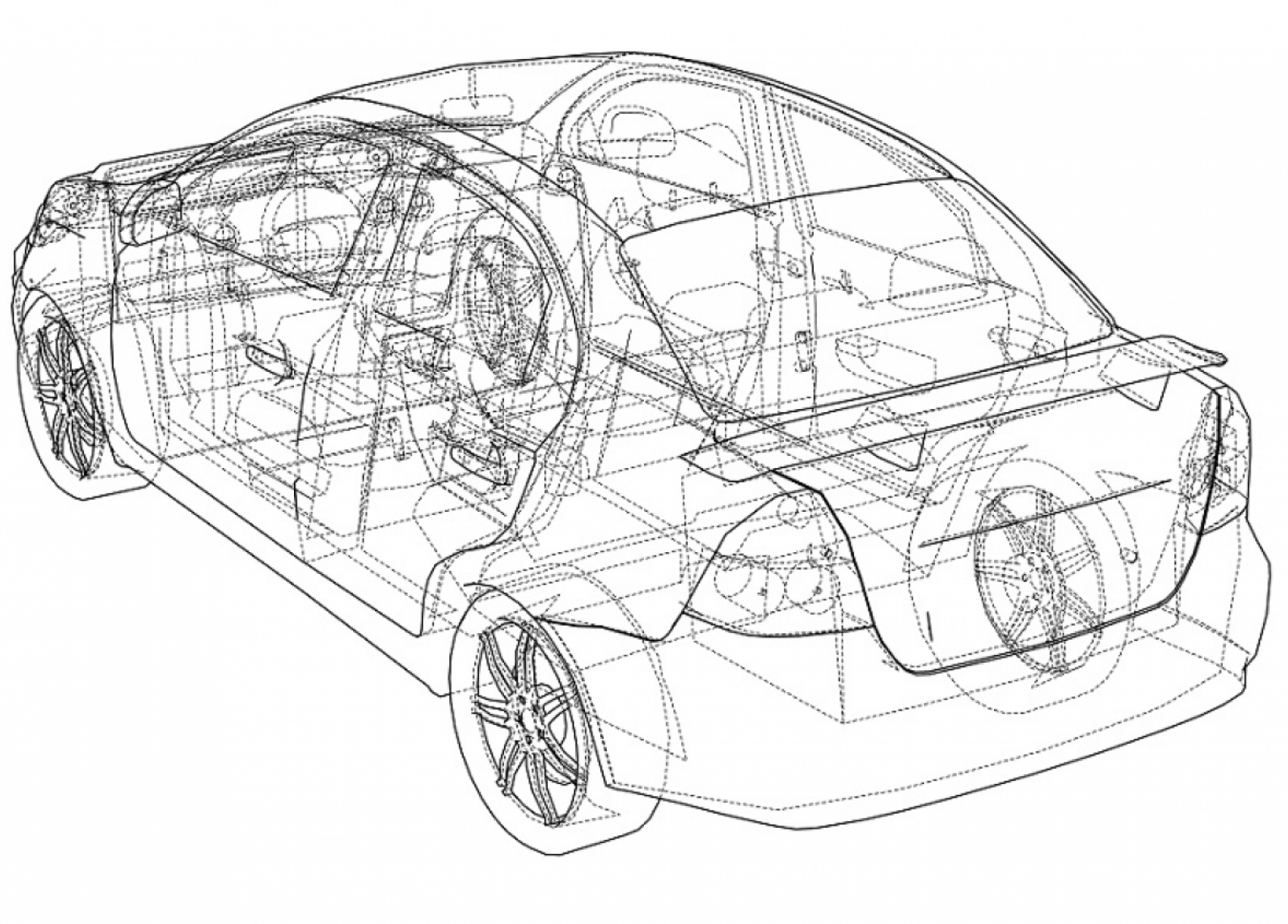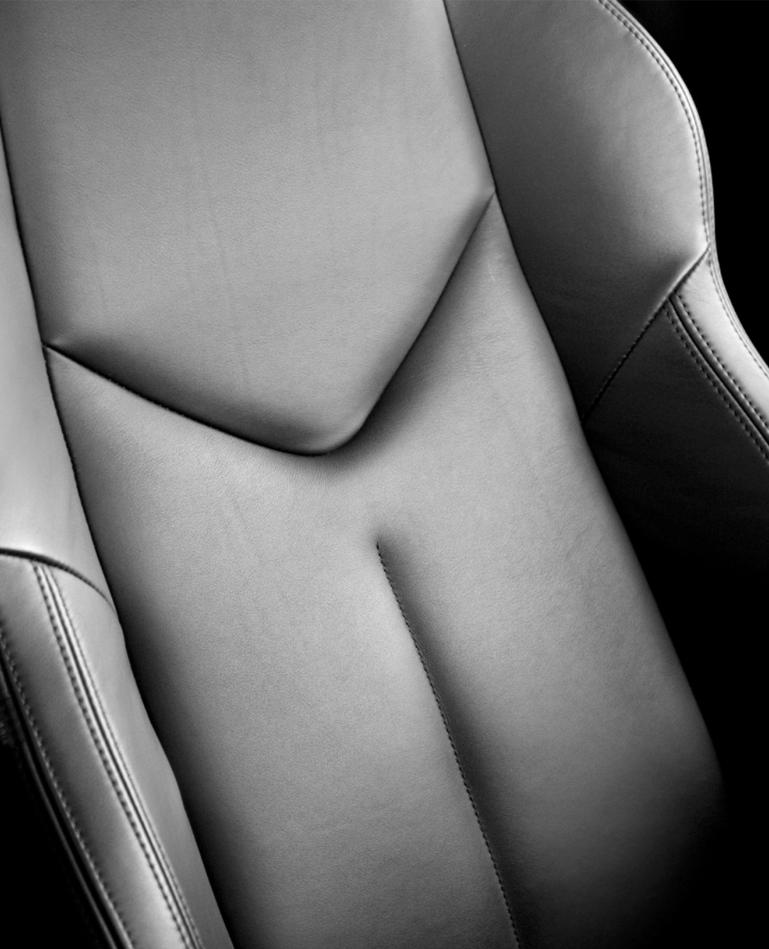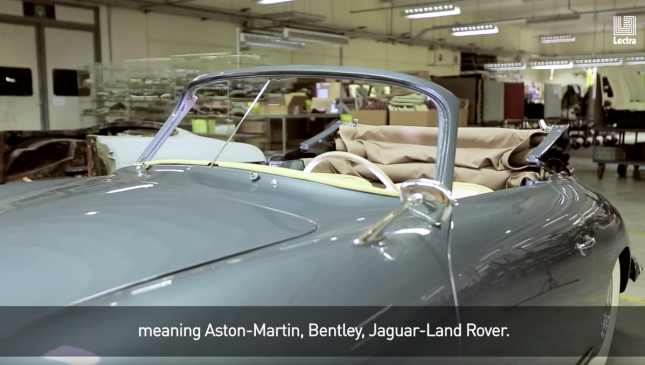In part two of our series, we took a look at how carmakers can now offer an unprecedented level of choice to customers, by digitalizing part of the product development process for seat covers and interior components.
Over the past two decades, Lectra has worked with major fabric vehicle seating suppliers to move from manual die-cutting processes to the adoption of digital cutting machines for fabric. In 2000, most of these customers were cutting fabric used in seat covers and interior comonents with die presses. Today, the vast majority have made the switch to digital cutting systems, a dramatic turnaround in less than 20 years. Customers that have made the move say that going digital has allowed them to gain the agility and flexibility to remain relevant and competitive in a quickly changing consumer landscape.
Automotive leather, a holdout of manual cutting
Currently, almost 90% of leather used for automotive applications is cut using die presses. The chief reason for this is the manual intervention required to identify the shape, characteristics, flaws, and other aspects of each unique hide. Today, flexible, reprogrammable digital cutting systems can replace the cavities used in conventional die-cutting, eliminating the process of retooling, which often takes several weeks. This kind of flexibility is especially important given that the global automotive interior leather market is expected to grow with a compound annual growth rate of 7.8% over the 2017-2023 period.
The many constraints of die cutting
To produce a leather seat set, each leather part to be cut from a hide requires a specially shaped die cavity. Depending on the design and the number of variants, this can invole up to 100 different cavities for a single vehicle model. To cut the required volume for a specific vehicle type, one set of dies is rarely enough to keep production on schedule. It takes several sets to keep up with demand. What’s more, dies do not come cheap. A complete set often costs more than €1 million to produce. Although a complete set will typically last several years with routine maintenance, die cavities can become damaged and repairs can add up.
Because die cavities can take several weeks to produce, the ramp-up process for manufacturing account for this turnaround. Average lead times can be from three to eight weeks for a first set of dies depending on the location of the plant. First sets are seldom correct, and require modifications to perfect the actual tolerances of cutting required. These changes can add additional weeks, and this does not take into account engineering changes that may happen at any time during the process. All in all, the process of perfecting die cavities can take from eight to fourteen weeks. That is a lot of lost time in an industry that needs to become more agile and flexible.
Variable yield depending on skill level
In digital leather cutting environments, many of the limiting factors of the manual die roller press can be overcome. It is still necessary for a manual operator to mark all of the defects and quality zones on the leather. While this may seem a very subjective task, it is actually very objective and rules regarding the leather standard of an OEM’s requirements have to be followed strictly. As defects can be on either side of a hide, it is still best to make the marking process manually with highly skilled operators. In the digital world, this is the most skilled person in the workflow.
After the marking of defects and quality zones, the hide is loaded onto the cutting machine, and the pre-marked hide is scanned into the computer software. The result is an electronic representation of the hide with its contour, quality zones and defects. Specialized automatic nesting software with algorithms specific to leather then takes over. The software works to optimize the utilization of the patterns on the hide, but continuously working also to optimize the balance of cut parts required for an order.
As stated earlier this is a very difficult mental exercise for manual nesters, but on for the software it is easy to maintain the right combination of material utilization and part balance. The software will give predictable and repeatable results each time, and can be configured with the best parameters for each model and leather type. This is especially advantageous given the high rate of personnel turnover in manufacturing centers like Mexico. After nesting, the hide is transferred to the cutting zone where two high-precision CNC cutting heads take over and cut the pattern from the leather.
In conclusion
As we have seen in this series, digitalized product development and production can offer very practical means to the automotive ecosystem to cope with consumer challenges.
Digital cutting offers the ultimate capability in terms of flexibility and agility, as only electronic patterns are required for production. Engineering changes can occur in a few clicks of a mouse for entry into mass production. Because there is no need for physical tooling, rows of seats can be mixed during a job. This is practically unheard of in die roller press cutting simply because the tools require too much space to store around the nesting tables. Mixing rows of variants that use the same leather can offer significant material savings, as more part variation usually improves the leather utilization rate.
In short, a digital cutting value chain can bring many competitive advantages to those companies using it for production. Dies are eliminated along with all of the above-mentioned issues related to them. Flexibility and agility are greatly improved, time is saved in the overall process, and material optimization leads to reduced costs. Overall, the solution is much more ergonomic and provides better working conditions.






